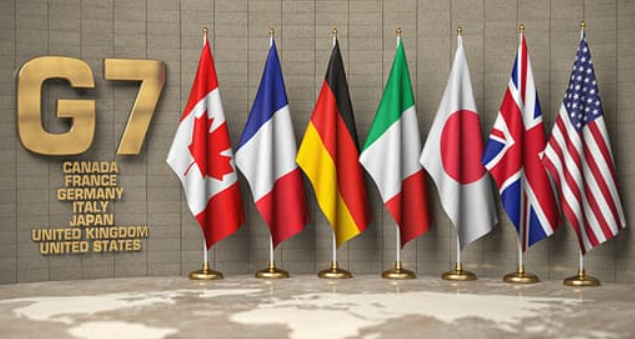G7 Commits to Net Zero Emissions by 2050
The leaders of the G7 have recently kept their word to reach net-zero emissions by 2050. Along the same lines, the government of Albanese has put forward a plan to create a Net Zero Economy Authority in order to encourage more investment in green technologies. Following the 2021 United Nations Climate Change Conference (COP26) in Glasgow, which tried to keep global warming below 1.5°C as required by the Paris Agreement, there has been a rise in net zero commitments.
What is Net Zero Emissions?
Net zero means balancing the amount of greenhouse gases released with the same amount stored or offset so that the temperature has no effect at all. This idea came about when people realized that cutting down on emissions alone is not enough to stop climate change.
The Evolution of the Net Zero Concept
When the UN’s climate change strategy was being written in 1992, the need to stabilize greenhouse gas concentrations was brought up for the first time. By the late 1990s, agreements like the Kyoto Protocol had made it possible for emerging countries with lots of forests to join carbon markets. This made carbon neutrality even better. But as world emissions kept going up, in the late 2000s, harsher solutions like geoengineering were thought about.
Shift from Emissions Reduction to Temperature Targets
From specific goals to lower emissions to broader temperature goals over time, such as the European Union’s 2°C warming limit in 1996, the focus changed. Scientists were able to say that maintaining temperatures below 2°C would require almost no emissions by the end of the century because they had a better understanding of carbon budgets by that time. For example, environmental lawyer Farhana Yamin brought up the idea of net zero in climate talks, focusing on how easy it is to implement.
Net Zero in the Paris Agreement
The Paris Agreement of 2015 was a big step forward. It set the well-known temperature goals of 1.5°C and 2°C and added net zero as a goal to balance human-made emissions with reductions in the second half of the century. The IPCC’s Special Report on 1.5°C made this point even stronger by calling for a world switch to net zero emissions by 2050 to lower the risks of extreme climate change.
More About Net Zero Emissions
- Definition and Importance: Net zero emissions refer to achieving a balance between the greenhouse gases emitted into the atmosphere and those removed from it. This balance is crucial for limiting global warming to 1.5°C, a target deemed essential by experts to mitigate the worst impacts of climate change. Achieving net zero by 2050 is a global goal that requires significant changes in energy production and consumption.
- Strategies to Achieve Net Zero: Drastically cutting down the use of coal, oil, and natural gas. Expanding the use of solar, wind, hydro, and other renewable energy sources. Developing and deploying technologies that capture and store carbon dioxide from the atmosphere. Planting trees and restoring forests to absorb CO2 from the air.
- Global Commitments and Examples: Bhutan and Suriname are currently the only countries that absorb more CO2 than they emit. The global shipping industry has committed to achieving net zero emissions by 2050, aligning with the goals of the Paris Agreement. Sweden aims to be the first country to achieve net zero emissions, setting an ambitious target for 2045.
Month: Current Affairs - May, 2024
Category: Summits and Conferences






